Belize |
||
| Area: 8,866 sq miles Population: 266,440 Capital City: Belmopan People: 49% mestizo, 25% Creole, 11% Maya, 6% Garífuna Language: English Religion: Catholic (50%), Protestant (27%) Government: parliamentary democracy
|
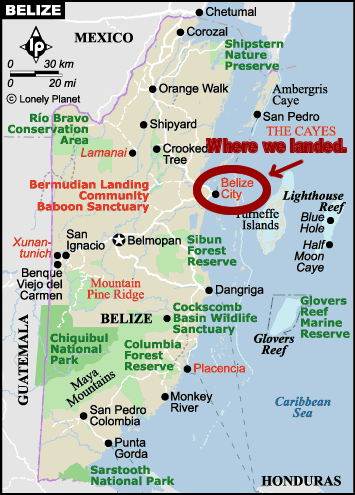 |
Belize is officially English-speaking,
but the creoles (the largest ethnic group) speak their own colorful dialect
as well as standard English. Spanish is the main language in the north
and some towns in the west. You may also hear Mayan, Chinese, Mennonite
German, Lebanese, Arabic, Hindi and Garífuna (the language of the
Garinagu people of Stann Creek district) being spoken.
The majority of Belize's population are Roman Catholics, but British influence has created a sizable and varied protestant congregation, including German Swiss Mennonites. The Mayan practice of Catholicism is a fascinating fusion of shamanist-animist and Christian ritual. |
The
first inhabitants of Belize were the Maya and Carib Indians. Belize was
a part of the great Mayan empire, which stretched through Guatemala, southern
Mexico and parts of Honduras and El Salvador. The Spanish considered Belize
a backwater suitable only for cutting logwood to be used for dye. Although
the Spanish 'owned' Belize, they did not rule it. The lack of effective
government and the safety afforded by the reef attracted English and Scottish
pirates during the 17th century. When piracy became passé, many
of the pirates began working in the logging trade. Belize was British
by tradition and sympathy by the time that a British force routed the
Spanish armada off St George's Caye in 1798, delivering Belize from Spanish
rule. After WWII, Belize's economy weakened, and independence agitators
got their wish partly fulfilled in 1962 when self-government was granted.
Democratic political parties and institutions were formed. The government
decided to build a new capital at Belmopan in 1970 after Hurricane Hattie
all but destroyed Belize City in 1961. Independence became a reality in
September 1981 when British Honduras officially became Belize, a member
of the British Commonwealth. |
|||||||||||||||||
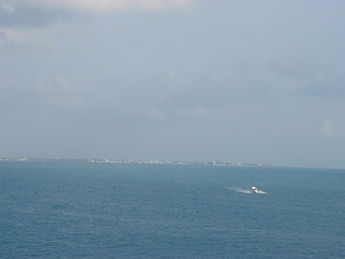 |
Belize has the longest Barrier Reef in the
Western Hemisphere which parallels the mainland for 185 miles. |
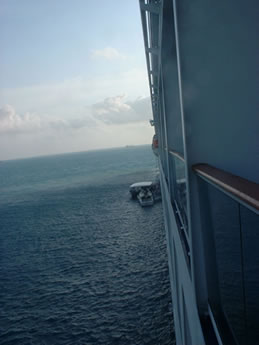 |
|||||||||||||||
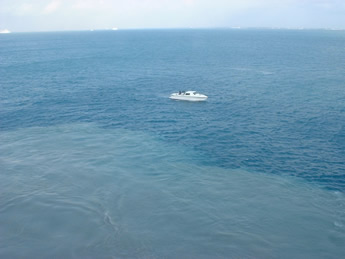 |
|||||||||||||||||
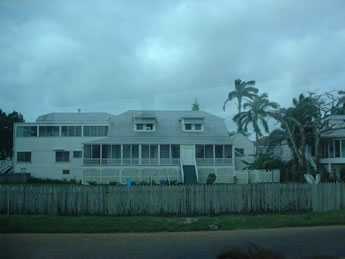 |
Housing quality
varied greatly, which isnt much different than in our country. However,
some of the styles were different than what we are accustomed to. They
ranged from the (to me at least) British Colonial, to the modern and to
the "shanty town" style. |
||||||||||||||||
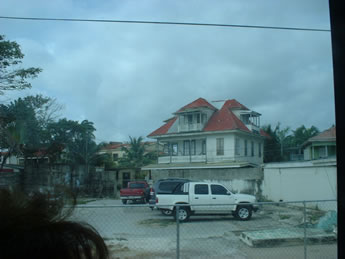 |
|||||||||||||||||
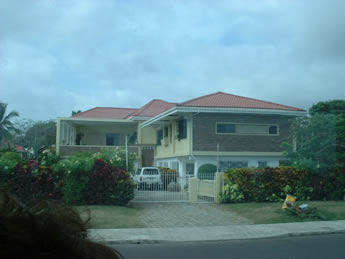 |
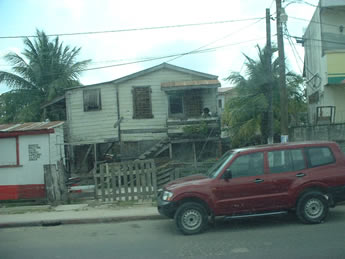 |
||||||||||||||||
The tour we had signed up for took us to the Maya ruins at Altun Ha which was a major trading center. Archeologists believe Rockstone Pond, the literal translation for Altun Ha, was first settled somewhere around 250 BC, with construction of the buildings beginning in 100 AD and continuing throughout the Classic period that ended in the 10th century. Some 10,000 Mayans lived in and around Altun Ha, which covers a 25 square mile area. At the top of one of the altars (Temple of Masonry Altars, Temple B4)was the tomb of a priest along with the largest carved jade artifact ever found in the maya area.The "Jade Head" is a large fully-rounded elaborately carved head of the deity, the Sun god, Kinich Ahau. |
|||||||||||||||||
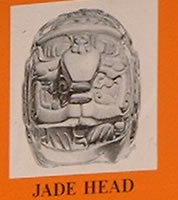 |
|||||||||||||||||
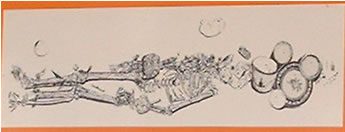 |
|||||||||||||||||
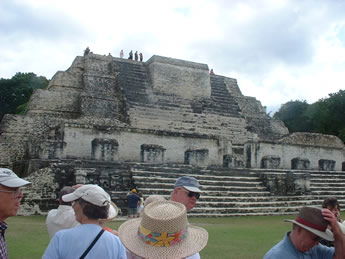 |
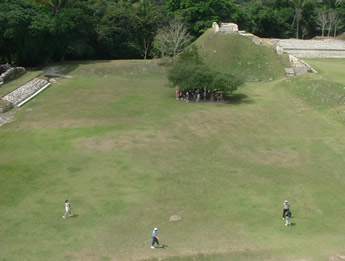 |
||||||||||||||||
Temple of Masonry Altars,
Temple B4 |
The view from the Temple of Masonry Altars, Temple B4 | ||||||||||||||||
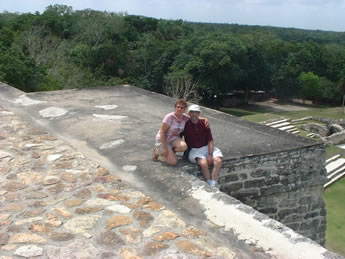 |
|||||||||||||||||
| Sacrificial virgins prepared for the ceremony. | |||||||||||||||||